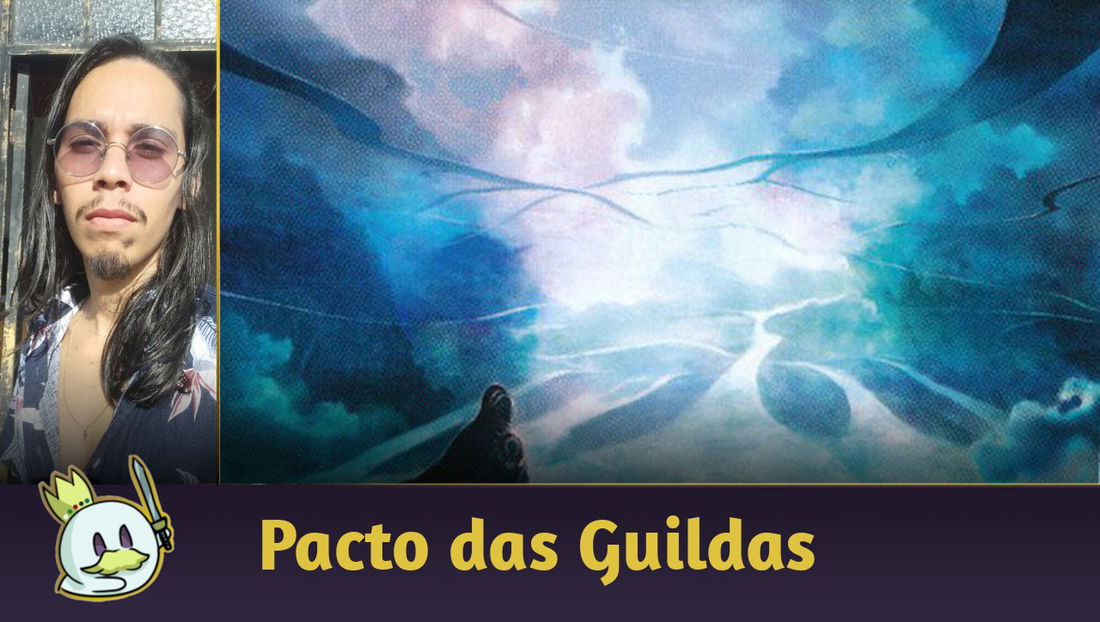Introduction
Foundations's set philosophy really resembles old Core Sets. However, it is not an annual, low power-level product that sits on shelves collecting dust after it is released. Instead, it is a well-planned set with cards that will become more valuable as the years go on. It will also be available in Standard until 2029.
That being said, this set will also bring us legendary creatures. Some are very relevant for Standard and the themes surrounding this set, and others may breathe some fresh air into your Commander matches.
In today's article, we'll go through the most relevant legendary creatures from the Magic: Foundations set for EDH.
Zul Ashur, Lich Lord

Zul Ashur, Lich Lord is the perfect Zombie commander, particularly if you want to interact with your graveyard as much as you can. Her main effect turns all Zombies in your graveyard into Gravecrawler. As in, we'll be able to cast our Zombies from our graveyard onto our battlefield directly.
Our graveyard will be an extension of our hand, not simply an actual graveyard, so we'll be able to constantly recycle any creatures that end up there and put them onto our battlefield. We'll not only have a constant flow of creatures, but also the opportunity to play cards that interact with sacrifice, like Ashnod's Altar.
And, because she costs just 
Loot, Exuberant Explorer

Loot, Exuberant Explorer is a very classic green commander, but tied to an Exploration effect, which lets you play one extra land per turn. Its second ability is an activated ability: it lets you look at the top six cards in your deck and play one of them without paying for its mana cost, as long as it costs less than or equal to how many lands you control. Therefore, the best strategy to play this commander is to build a deck with a lot of ramp and high-impact creatures.
Cards like Courser of Kruphix, Oracle of Mul Daya, and Azusa, Lost but Seeking interact really well with Loot, Exuberant Explorer's strategy early on. They create even more mana and interact really well with lands in general. As for the late game, we can play cards like Elder Gargaroth, Craterhoof Behemoth, and Terastodon.
In general, this little fur ball can deal a lot of damage, and will speed up your matches quite a lot. We'll just need to figure out how many cards like Cultivate we play with it, as well as how many big creatures we play.
Zimone, Paradox Sculptor

Zimone, Paradox Sculptor does what every great Simic deck does best: double counters to buff creatures. When you trigger Zimone's ability at the beginning of the combat step, you'll buff two creatures, just like Innkeeper's Talent, for instance.
Meanwhile, its activated ability buffs counters in general - with it, we can make our aggressive creatures even more impactful or hoard counters to use long-term effects with artifacts like Astral Cornucopia. Zimone is a flexible commander for players who enjoy decks that constantly evolve and grow like a snowball.
Furthermore, we'll be able to get easy wins with this commander if we play cards like Simic Ascendancy and Twenty-Toed Toad, as they win games according to how many counters you control.
Niv-Mizzet, Visionary

Unlike other versions of Niv-Mizzet, Niv-Mizzet, Visionary rewards us for dealing the smallest amounts of damage by drawing cards. This means sorceries and permanents that deal damage repeatedly or gradually may give us an absurd amount of card advantage. We can also look for ways to multiply how much damage you deal while you protect Niv-Mizzet, this way building an army of cards and keeping your opponent at a safe distance.
So, cards like Guttersnipe, particularly with Torbran, Thane of Red Fell and other cards that buff damage, can draw us many, many cards. We'll eventually empty our entire deck and thus be able to play a combo with Laboratory Maniac or Thassa's Oracle incredibly fast.
The only weakness I see in this commander is how easy we'll be able to play combos with cards like Niv-Mizzet, Parun, which was already reasonably easy before, as this will make your games pretty predictable. Nonetheless, it is an incredible version of our favorite Izzet Dragon.
Tinybones, Bauble Burglar

Tinybones, Bauble Burglar works with hand control and discard, and is a much lighter and less infuriating version of Tergrid, God of Fright. Just like this Kaldheim God, Tinybones will constantly let us exile and use stolen cards, as well as disrupt our opponent's strategy and exhaust their resources, as long as we support it properly.
The most significant difference between them is that Tinybones, Bauble Burglar gets value from all types of cards your opponent discards, not only permanents, and exiles them instead of sending them to their graveyard. And, furthermore, this card itself can force your opponents to discard their cards, while the only way to do this withTergrid is with its artifact side.
Obviously, we'll really want to play Waste Not in this deck, as it will always give us a bit of gas while we force our opponents to discard cards. Another interesting idea is to use cards like Gnat Miser to punish enemy hands by restricting their size.
Koma, World-Eater

Unlike Zimone, Paradox Sculptor, Koma, World-Eater focuses less on counters; instead, it focuses on controlling and dominating the board. It demands a strong mana base, as it costs 
Even if our opponent removes Koma, which will be quite difficult and costly because of its Ward 
In this strategy, cards like Doubling Season, Parallel Lives, and Beastmaster Ascension will make your board gigantic. Nylea's Forerunner is also great, as it gives trample to all your creatures.
Alesha, Who Laughs at Fate

Alesha, Who Laughs at Fate is probably my favorite commander from this set. She is quite aggressive, which is perfect for sacrifice decks. Considering she focuses on combat and reanimating creatures, the best strategy for her is to play creatures that create value when they enter or leave the battlefield. Furthermore, her Raid ability lets us recycle them over and over, particularly the ones with ETB and LTB effects. All of this makes Alesha ideal for a "grindier" strategy; each turn will exhaust our opponents more and more as our creatures enter and leave the battlefield repeatedly.
To get the most out of Alesha, we can buff her to reanimate even more cards. Black and red include great creatures with powerful effects that are quite cheap, like Charming Scoundrel, so we'll be able to explore many creatures with useful abilities that return whenever we attack with your commander. And, of course, we'll only need to attack with her to get counters, but attacking with any of our creatures will trigger her Raid ability. This will protect our commander whenever we can't attack with her safely.
Unfortunately, Alesha, Who Laughs at Fate is no longer supported by white, but we can still have a lot of fun with her!
Kykar, Zephyr Awakener

This is a white and blue spellslinger instead of red and blue, the traditional spellslinger colors. This card will let us pick between two effects whenever we cast a noncreature spell: we can either flicker one of our creatures or create a 1/1 white Spirit token with flying.
Flicker lets us manipulate our board, and thus not only protect our creatures but also reuse their ETB and LTB effects. By creating tokens, on the other side, our board will never be empty, which is perfect if you want to attack with small flying creatures or just chump block something.
Kykar, Zephyr Awakener is particularly versatile, as we can use both of its abilities constantly throughout the game according to whatever we need most in each situation. On top of it all, it is in a color combination that is not common for a spellslinger strategy. Diversity is always great.
Final Words
The dev team clearly put a lot of thought into Foundations. It is everything I never expected a Core Set could be. This set is a welcome surprise - studying it more, and maybe even drafting it, is definitely valuable.
Which commander was your favorite? Do you like this set? Tell us your thoughts in our comment section below.
Thank you for reading, and see you next time!

















— Comentarios 0
, Reacciones 1
Se el primero en comentar